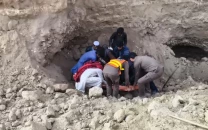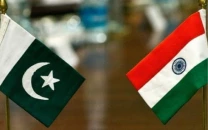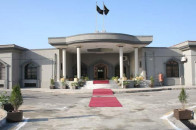Derailed
One of the central challenges facing Pakistan’s economy is the enormous cost of logistics within the country.

It is not as though there is a lack of demand for transportation services, both for goods and people. Economists agree that the most critical factor in determining the volume of business between two locations is the effective distance between them, in a variation of the well-known gravitational model of trade. Such a distance can be significantly reduced simply by improving the transportation infrastructure between them. Unfortunately, the reason our rail infrastructure seems to be crumbling is that Pakistan Railways is one of the most grossly mismanaged state-owned enterprises. It manages to lose money despite being the sole provider of a service that the country desperately needs. The government’s solution so far has been to pursue a partial privatisation. But so far no buyers have been forthcoming, in part due to the severe encroachments on railway property.
Published in The Express Tribune, August 16th, 2010.



















COMMENTS
Comments are moderated and generally will be posted if they are on-topic and not abusive.
For more information, please see our Comments FAQ